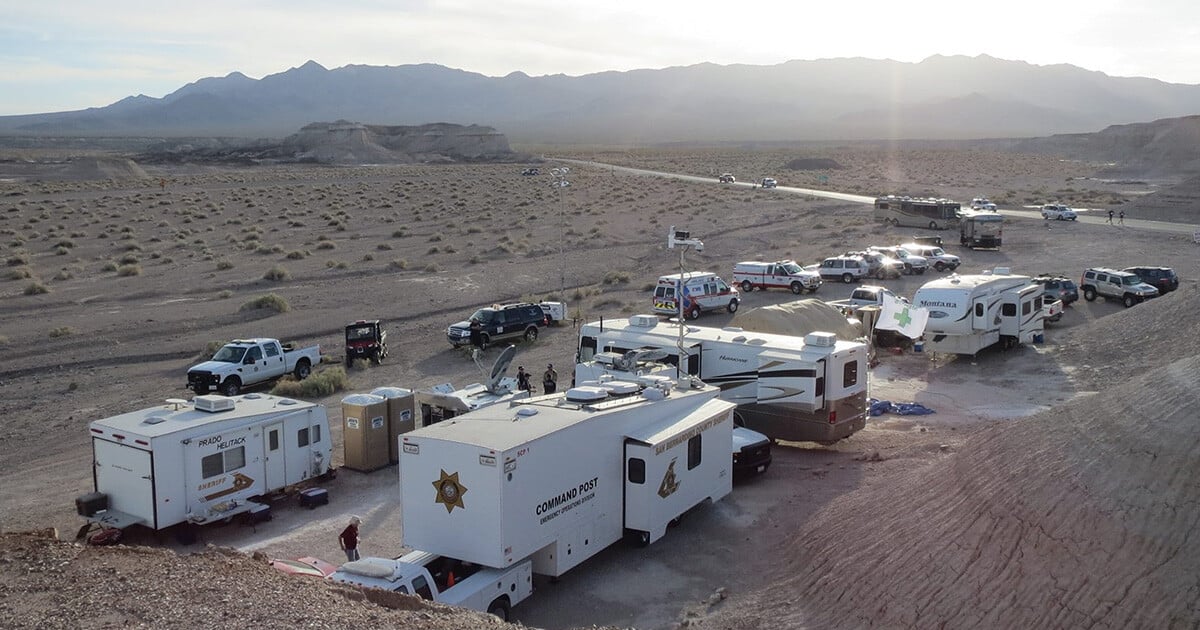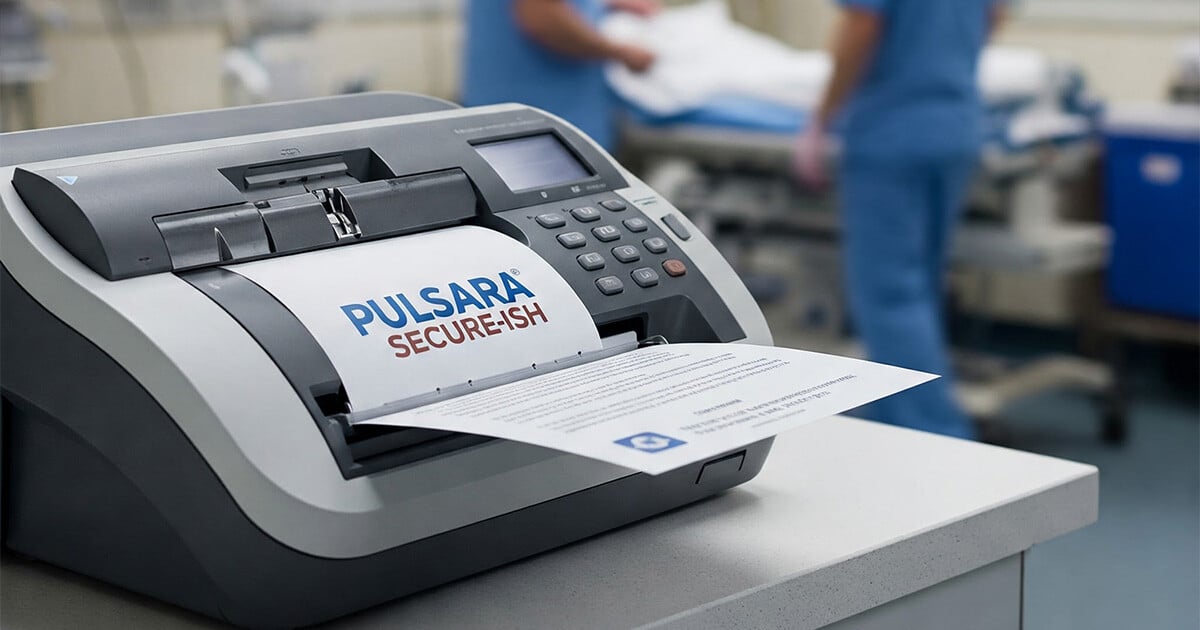Baker to Vegas: Leveraging Pulsara to Manage a Planned Event
Although they have the advantage of prior awareness and preparation, large-scale planned events pose unique challenges for emergency management...
2 min read
 Team Pulsara
:
Sep 02, 2020
Team Pulsara
:
Sep 02, 2020
![Upcoming Webinar: 911-Initiated Telemedicine [By Colorado Springs, CO Clinical Leaders]](https://www.pulsara.com/hubfs/911-telemedicine-1180x664.png)
In the largest pandemic of our lifetime, learn how clinical leaders in Colorado Springs, CO, are using mobile technology to not only manage the COVID-19 crisis, but also lay the foundation for the new reality of EMS, including 911-initiated telemedicine, Mobile Integrated Healthcare, Community Paramedicine, and telehealth. For the first time ever, the presenters will outline their modernized management system and share case studies and key takeaways that will help you improve patient care, upgrade team communication, reduce cost of care, and increase EMS agency and hospital revenue. Clinicians and thought leaders are creating a new path forward, based around the HIPAA-compliant, secure, mobile-first telehealth communication platform Pulsara.
What: 911-Initiated Telemedicine: How Colorado Springs, CO, Clinical Leaders Are Revolutionizing Emergency Medicine via Mobile Technology
When: Tuesday, Sept 8, 2020 | 1:00 pm EST / 12:00 pm CT / 11:00 am MT / 10:00 am PT
How: SIGN UP HERE
Keep reading to learn more!
Presented by Dr. Matthew Angelidis, Board Certified Emergency Physician for UCHealth at Memorial Central, and James McLaughlin, Director of Community Paramedicine at Ute Pass Regional Health Service District, this webinar provides tangible takeaways you can apply to your own organization, your region, or even your state. [A certificate of attendance will be offered].
 |
 |
Matthew Angelidis, MDBoard Certified Emergency PhysicianUCHealth at Memorial Central |
James McLaughlin, NRP/CPDirector of Community ParamedicineUte Pass Regional Health Service District |
During this webinar you will learn how to:
"As the COVID pandemic has evolved, Pulsara has become the communication solution our community needed. We have leveraged the software to generate billable telehealth encounters, allowing our community to avoid EMS Transport to the hospital for select patients and to arrange follow-up care for COVID patients—which is clearly reducing disease exposure and transmission."
— Dr. Matthew Angelidis
For more information on how hospitals and EMS organizations are leveraging telehealth to combat COVID-19 and prepare for the future, check out our blog series on Finding a Next-Generation Telehealth Plan of Action for Your Hospital.

Although they have the advantage of prior awareness and preparation, large-scale planned events pose unique challenges for emergency management...

For Those Who Love a Good "Oopsie!" At Pulsara, we pride ourselves on enabling secure, HIPAA-compliant communication for healthcare teams. But let’s...

March Recap A New Integration: Improving Data Management, Streamlining Workflows, and Improving Care CoordinationOnly a few days ago, we announced...